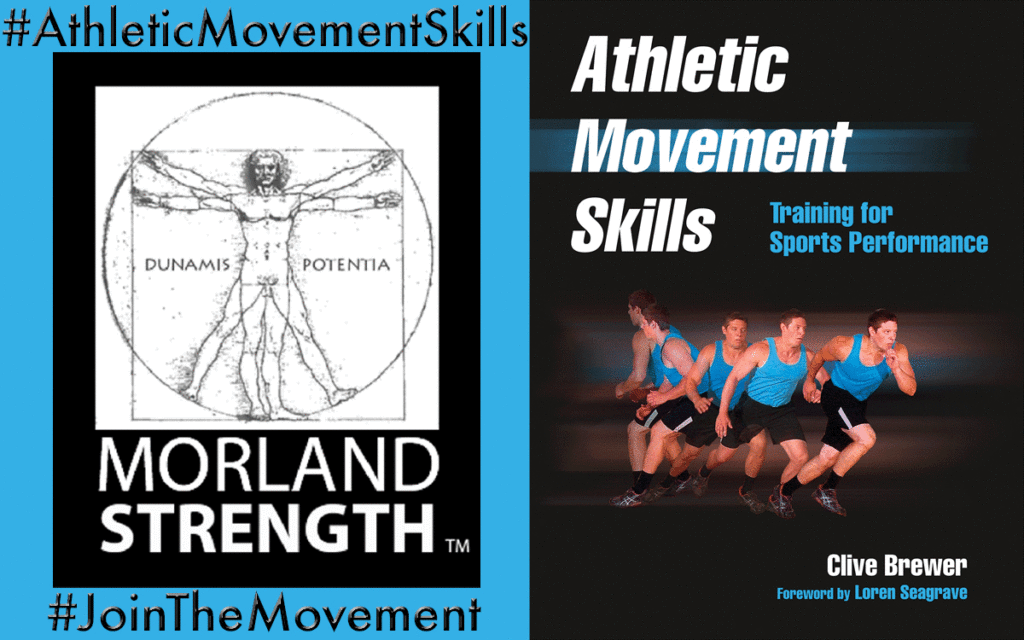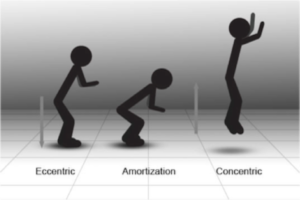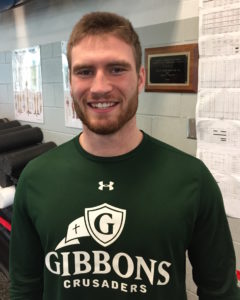
Part 1: An Overview of Jumping Skill
Clive Brewer has done it again! This chapter is so full of important information we are going to have to split it into two separate parts in an attempt to give it the justice it deserves. For Part 1, I am going discuss the biomechanics behind jumping and plyometrics and then give some general information on a coach’s role in progressing an athlete via training these mechanisms. In order to do so, I am going to throw out some working definitions that will be useful to keep in your pocket as we go through this together.
The first definition is Impulse. Impulse is change in momentum or, more simply put, Impulse = Force x Time. There are a ton of different ways to manipulate this equation but essentially:
Force is increased when Time is decreased and Force is decreased when Time is increased.
The second definition is for the Stretch Shortening Cycle (SSC). The SSC “allows the protective mechanisms of the neuromuscular system to be overridden to produce powerful reflex actions and allows the elastic energy stored within the serial elastic components of the musculotendinous and myofascial structures to contribute to powerful performance (pg. 230).”
Simply put, quickly stretching the non-contractile components of muscle causes them to quickly “snap” back into place, similar to a pulling a rubber band.
The Third definition is for Amortization.
Amortization refers to the transitional phase between eccentric and concentric actions.
Now that we have these definitions we can try and put it all together. As coaches, it is our job to understand the need of our athletes and how to train this need. In the context of jumping, we must understand how to coach correct positioning and movements in order to utilize force production.
Clive Brewer recommends training landing mechanics of a jump as the first part of the jumping progression. When landing from a jump, an athlete may have to absorb ground reaction forces as much as 14 times their body weight!
Looking back at our Impulse equation, this means we must teach athletes how to increase the time of landing, in order to absorb these forces better. Proper landing is characterized by landing on a flat foot (dorsiflexed on approach with heel slightly off the ground when contacting the ground), shoulders over the knees (center of mass over the base of support), and flexion at the knees, ankles, and hips. Landing mechanics stay the same but contact times with the ground vary depending on the needs of the athlete. For example, drop jumps, and tuck jumps are important for training the development of fast SSC reflexes because ground contact time is minimal (the amortization phase is as short as possible). Depth jumps and repeated squat jumps are essential for training rapid rates of force development (the amortization phase is increased in time meaning some of the stored kinetic energy in the elastic components of muscle is lost as heat and the fast twitch muscle fibers must produce the Force).

I know I am getting carried away but I am going to try and wrap things up with a brief look at proper or mature jumping from beginning to end. Essentially, whether jumping for vertical height, horizontal height, on one leg, or two legs, success will be determined by similar factors. For starters, the trunk must be rigid and vertical with the shoulders over the knees (COM over BOS). Ensure the trunk is tall as the foot leaves the floor by teaching rapid extension at the hip, knee, ankle. The shoulder should be extended as the athlete prepares for the jump and the arms should swing up and reach their highest point when the COM is at its highest point (arms swing more forward if goal is horizontal displacement). Training these coordinated motions to produce as much force as possible is key to developing an athlete’s jumping technique (think about the important of teaching push-jerks, power cleans, squats, and other triple extension and shoulder movements).
Clive Brewer has a lot more to say, especially about specific ways to train athletes using plyometrics. Part 2 will tackle these specific drills and technique and how they relate to training athletes of different ages. For now, I hope we have a better understanding of jumping in general and how to train some of the fundamental movements of landing and taking off to ensure proper force application.

K. Hunter Byrd, NASM-CPT
I invite you to invite others to #JoinTheMovement toward better #AthleticMovementSkills! Our team including Coach Amer, Coach Cowick, Coach Blaser, and Coach Byrd, is ready for you to make your move!
Would you like to follow Morland STRENGTH’s link here: new Instagram account?
#MorlandSTRENGTH #AthleticMovementSkills #JoinTheMovement
“The views, opinions, and judgments expressed in this message are solely those of the authors and peer reviewers. The contents have been reviewed by a team of contributors but not approved by any other outside entity including the Roman Catholic Diocese of Raleigh.”
